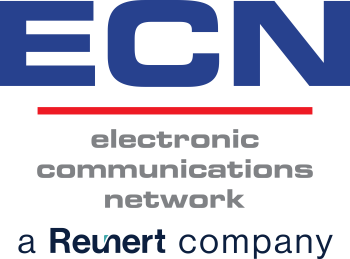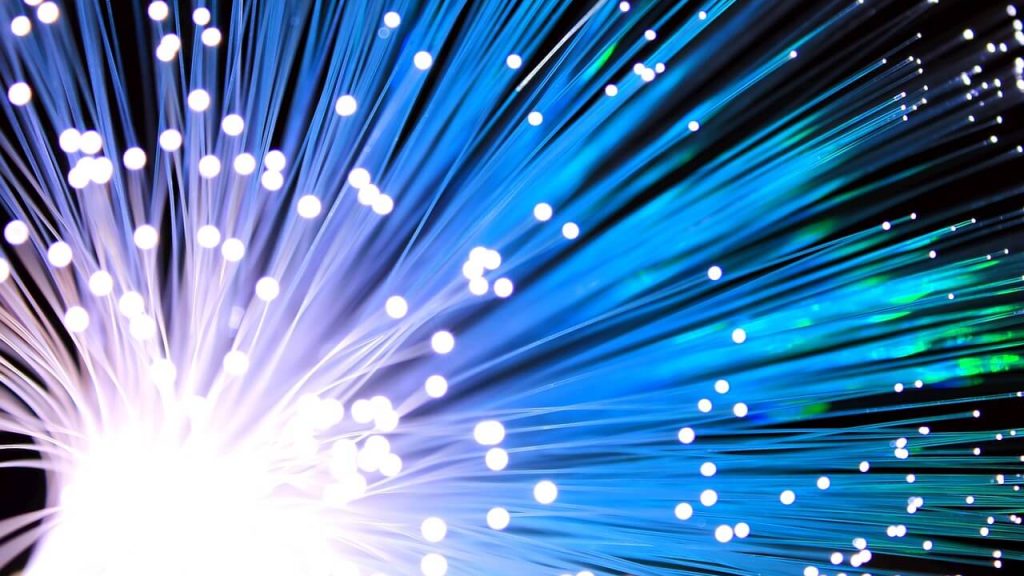For business operations in 2022, reliable internet connectivity is non-negotiable, and this means one thing – fibre! But when it comes to installation, many business owners are stumped by the option of FTTB or FTTH connections. Here we look at the key differences and what they mean for your business.
What is FTTB?
Fibre to the Business or business fibre is a high-scale internet line tailored for a higher number of users to meet the demand of speed and contention ratio.
What is FTTH?
Fibre to the Home or home fibre is suited to less demanding internet requirements that includes a lower number of users with more downtime and less contention ratio.
What are the differences in fibre?
If you’re an SMME and are undecided on whether FTTB or FTTH is your best option, we can help you come to the right decision. Here’s how…
Dedicated service
FTTB will provide you with a dedicated internet line for you alone, which means that the data being drawn is between your business and the ISP (internet service provider). One of the phrases you might hear mentioned in reference to this internet line is the ‘contention ratio’. Contention is basically when a number of people are connected and are all competing for the internet line. This leads to a higher contention ratio and a slower internet line. With business fibre, you have a dedicated line for your employee use which means there is sufficient capacity to handle a high load.
Repair and installation times
Although FTTB takes longer to install than FTTH, most of your ISP’s will ensure fast repair times to keep you continuously connected. Depending on your location, FTTB can take a few weeks to install but, in terms of speed and efficiency, it might well be worth the time.
Service Level Agreement (SLA)
When you invest in FTTB, your ISP will provide you with a service level agreement that offers a certain guarantee in terms of the service provided. This means you benefit from improved internet uptime, quicker repairs and a more satisfied clientele. FTTB users are prioritised over FTTH which means home users aren’t always going to enjoy the many benefits of the fibre connection.
The cost
One of the biggest reasons that businesses might consider FTTH rather than FTTB is the cost involved in both installation and running. Business fibre comes with a much higher cost because of the quality provided. However, within the business fibre options there are price differences dependent on the line speed and other add-ons which can be considered.
Contract length
The length of time and cost involved in installing FTTB means that ISP’s will generally require a longer contract than with FTTH. These usually range from around 24 to 36 months at a time, whereas FTTH is often a month-to-month agreement.
Internet uptime
This is the percentage of time during the month that your connection is available, as opposed to the dreaded downtime when your line is down. For business operations, you obviously want to get as close to 100% uptime as possible, because any downtime can seriously impact operations and productivity. Because FTTB is prioritises, there is usually much more uptime than with the FTTH, especially where business fibre is not shared.
Coverage
Another point of concern for South African businesses is simply the FTTB coverage. In major city hubs such as Durban, Johannesburg and Cape Town, FTTB is readily available. Even smaller cities with major business districts will benefit from such coverage. However, many residential areas or more rural locations will simply not have access to such network coverage, whereas FTTH might well be an option.
Speeds
With the lower contention ratio, FTTB comes with much faster internet speeds than FTTH – which is obviously a major contributing factor to business decision making. FTTB is designed for businesses to send and receive data at scale, much faster. On the other hand, FTTH is designed for smaller scale uploads and downloads not requiring such speeds.
Symmetry
Another factor to consider when discussing speed is symmetry. This is the speed at which data travels in both directions for uploads and downloads. FTTB provides you with more symmetrical speeds which allow for a more reliable connection, particularly for businesses that are dependent on cloud services. FTTH, on the other hand, often has faster download speeds for streaming content, with slower upload speeds.
Security
A growing concern for businesses across all sectors is cybersecurity, and this also needs to be considered when investing in fibre. FTTB networks prioritise data security to ensure that businesses are able to operate in a safe and secure environment. This is not to say that FTTH does not offer similar security features, it’s just likely they won’t be as advanced as FTTB.
While FTTB is a costlier option, the reality is that it’s a much better option for businesses in the long run. Businesses that are still considering fibre should contact leading service provider ECN. The professional team will provide a detailed outline of the various options, and customise a solution that works for everyone.

